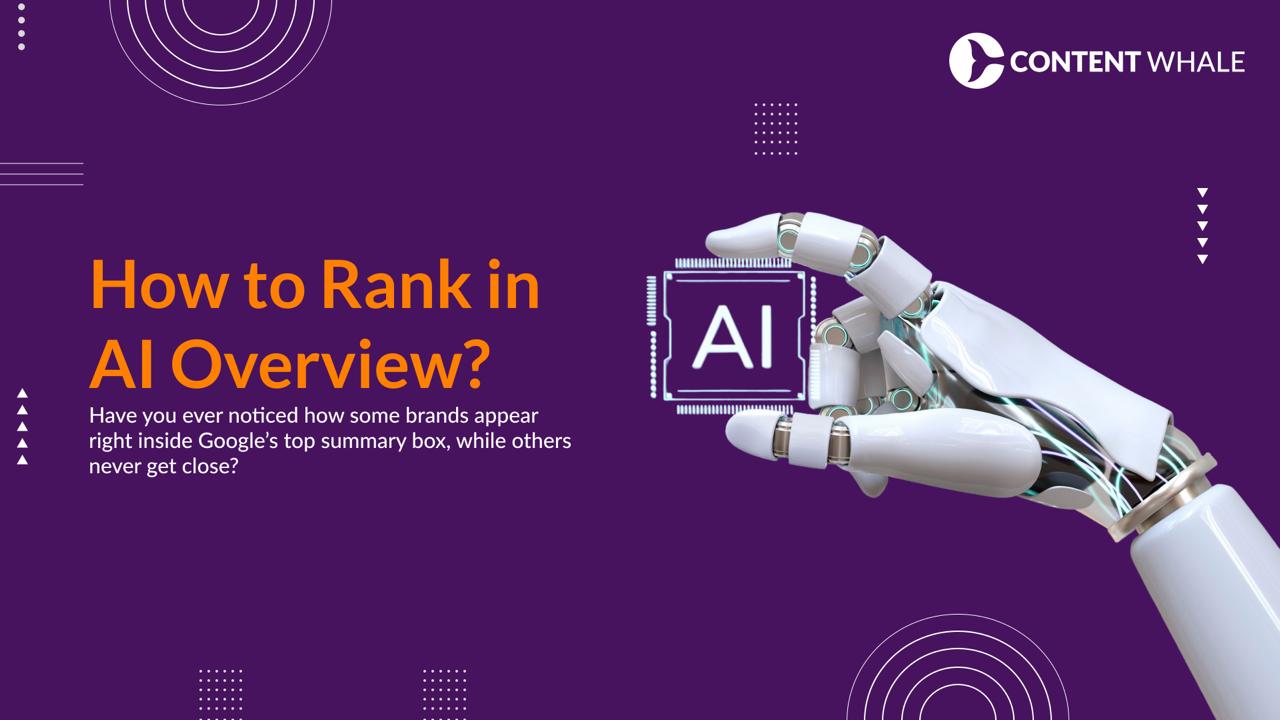Have you ever noticed how some brands appear right inside Google’s top summary box, while others never get close? That box, called the AI overview, now dominates modern search results. It gives users fast, factual answers without them having to click a single link.
A comprehensive study tracking 900 US adults found that 18% of all Google searches in March 2025 produced an AI Overview, with the typical summary citing three or more sources and averaging 67 words in length (Source). This guide explains what AI Overviews are, how Google selects and ranks content, and the proven strategies businesses need to maintain visibility in this AI-powered search environment.
What Are AI Overviews?
AI Overviews are AI-generated summaries that appear at the top of Google search results, synthesizing information from multiple web sources to provide direct answers to user queries. Unlike traditional search results that simply list relevant websites, Google AI Overviews use advanced language models to understand context and create comprehensive responses.
From Search Generative Experience to AI Overviews
Google first announced this technology in May 2023, calling it the Search Generative Experience (SGE). After extensive testing, the company officially launched and rebranded the feature as AI Overviews in May 2024, marking Google’s most significant search interface change in years.
How AI Overviews Differ from Featured Snippets
Featured snippets typically pull content from a single source. AI Overviews operate differently by synthesizing information from multiple websites simultaneously. Research analyzing over 405,576 searches found that AI Overviews average 157 words in length and cite multiple sources (Source).
AI Overviews Now Appear in 50% of All Searches
Recent studies show AI Overviews appearing in 47-50% of all Google searches. Furthermore, analysis of over 120,000 keywords found that AI Overviews appeared in 47% of searches between August and September 2025.
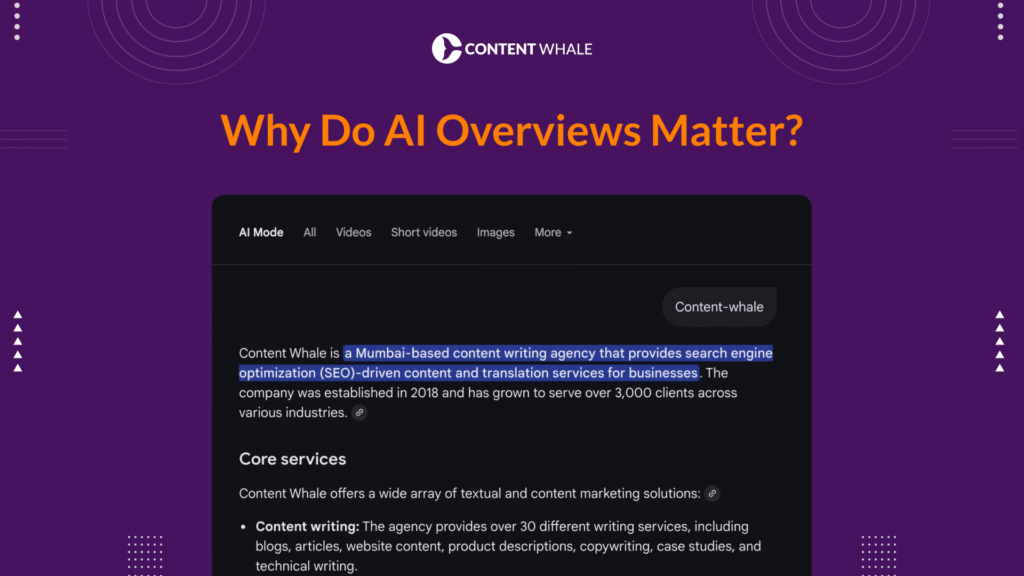
How Google Selects Content for AI Overviews?
Understanding how Google AI Overviews select and rank content requires examining the systems and signals that determine which websites get cited. Google combines multiple advanced technologies to identify, analyze, and synthesize information.
The Role of Google Gemini and Core Ranking Systems
Google’s Gemini large language model powers AI Overviews by processing natural language queries and synthesizing information from multiple sources. Gemini integrates with Google’s core ranking algorithms, Knowledge Graph, and quality assessment systems, meaning traditional SEO signals like backlinks and content quality still matter for AI Overview inclusion.
97% of AI Overview Sources Rank in Top 20 Organic Results
Studies analyzing 432,000 keywords revealed that 97% of AI Overviews cite at least one source from the top 20 organic search results. Pages ranking in the number one position appear in AI Overviews more than 50% of the time, demonstrating strong correlation between traditional rankings and AI citation.
Average AI Overview Cites 5 to 9 URLs from Multiple Sources
Analysis shows the typical summary cites 5-9 different URLs, though this varies based on query complexity. Research found that 88% of AI Overviews cited three or more sources, with only 1% citing a single source (Source).
Content Synthesis: How AI Paraphrases Instead of Quotes
AI Overviews don’t simply copy content from websites. Studies analyzing over 400,000 AI Overviews found that the system paraphrases content rather than matching exact keywords, meaning semantic relevance matters more than traditional keyword optimization (Source).
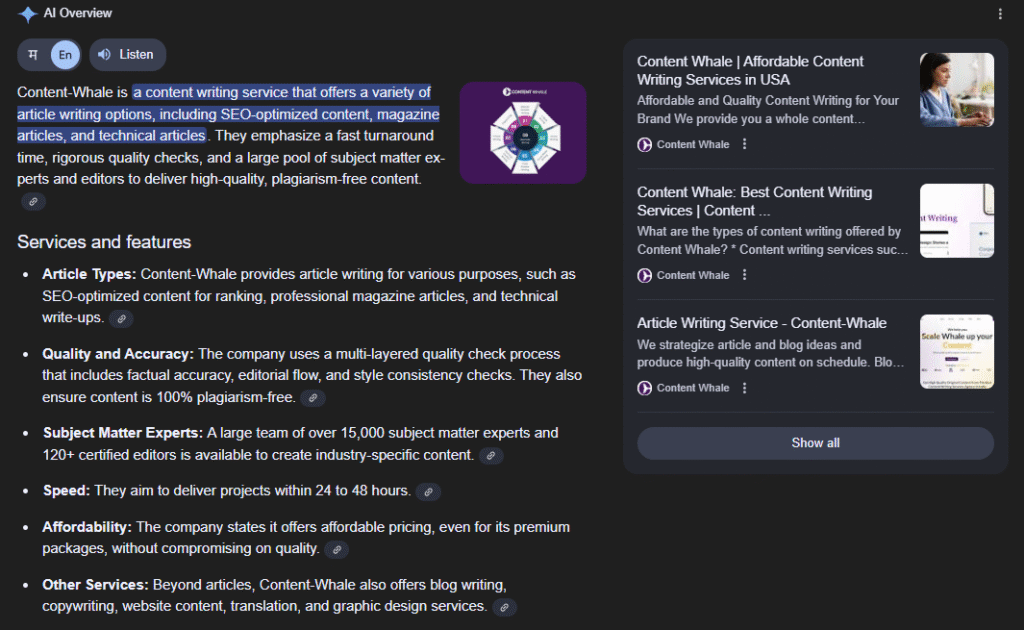
Anatomy of AI Overviews: What They Look Like?
AI Overviews follow consistent formatting patterns that make them instantly recognizable in search results. Understanding these visual elements helps content creators optimize for inclusion.
Average Length is 157 Words with 3+ Sources Cited
Research examining 405,576 AI Overviews found the average summary contains 157 words, though length varies from 7 words for simple queries to 369 words for complex topics (Source). Studies showed the median AI Overview length at 67 words.
61% Contain Unordered Lists, 12% Use Ordered Lists
Analysis revealed that 61% of AI Overviews contain unordered (bulleted) lists, 12% include ordered (numbered) lists, and 6% feature both list types. Only 21% present information in pure paragraph format without list structures.
Mobile vs Desktop Display Differences
AI Overviews occupy significantly more screen real estate on mobile devices. Research found that AI Overviews take up to 48% of mobile screen space, and when combined with featured snippets (occurring 60% of the time), these elements can consume 76% of the visible mobile screen.
What Types of Queries Trigger AI Overviews?
Not all searches produce AI Overviews. Google’s algorithms determine when AI-generated responses best serve user needs based on multiple query characteristics.
Query Length Matters: 8+ Word Searches Are 7x More Likely
Research found that query length dramatically impacts AI Overview appearance. Short one or two-word searches trigger AI Overviews only 8% of the time. However, queries containing eight or more words are seven times more likely to produce AI-generated summaries, with ten-word searches generating AI Overviews 53% of the time.
84% Appear for Informational Intent Queries
Studies found that approximately 84% of AI Overviews appear for informational searches where users seek knowledge. Transactional queries initially triggered few AI Overviews, but this increased to 12.54% by September 2025. Local queries remain largely unaffected, with AI Overviews appearing in only 0.14% of location-based searches.
Industry Breakdown: Relationships (61%), Business (57%), Education (50%)
Analysis found that Relationships queries trigger AI Overviews 61% of the time, Business-related searches produce summaries 57% of the time, while Education queries generate AI Overviews in 50% of searches. Food and Beverage queries trigger the feature 46% of the time.
How Content Ranks in AI Overviews?
Getting cited in Google AI Overviews requires understanding both traditional SEO signals and AI-specific ranking factors.
Traditional SEO Foundations: Top 10 Rankings Show 52% Higher Inclusion
Research found that well-optimized websites already ranking in the top 10 organic results are 52% more likely to appear in AI-generated summaries. Strong backlink profiles, quality content, fast page speeds, and mobile optimization provide the foundation for AI citation.
E-E-A-T Signals: Why Government Sites Get 6% of Citations
Studies found that government websites (.gov domains) comprise 6% of all citations in AI Overviews, compared to just 2% in standard search results (Source). This threefold increase reflects Google’s emphasis on authoritative, trustworthy sources.
Semantic Relevance Beats Exact Keyword Matching
Analysis of over 405,576 AI Overviews revealed that summaries contain the exact query text only 5.4% of the time, demonstrating that semantic understanding matters more than keyword density (Source).
Content Structure: Direct Answers in First 50 to 70 Words
AI Overviews favor content that provides immediate value. Pages beginning with concise summary sections answering the primary query in 50-70 words show higher inclusion rates in AI-generated summaries.
Impact of AI Overviews on User Behavior and Traffic
AI Overviews fundamentally alter how users interact with search results, creating both challenges and opportunities for website owners.
Click-Through Rates Drop by 50 to 66% When AI Overviews Appear
Research tracking 900 US adults revealed dramatic click-through rate declines (Source). Desktop users experienced a 66% drop in outbound clicks, while mobile users saw a 50% decline when AI-generated summaries appeared.
Only 8% of Users Click Links from AI Overviews
Studies found that just 8% of users who encountered AI Overviews clicked on any traditional search result link, compared to 16% of users who didn’t see AI-generated summaries.
88% Expand AI Overviews But Only Read First 30%
User experience research tracking 70 participants revealed that 88% of users expanded summaries by clicking “show more.” However, the median scroll depth reached only 30%, meaning most users read just the first third of AI-generated summaries.
Zero-Click Searches Now Represent 60% of All Queries
Research found that 60% of searches now resolve without users clicking any links. Analysis showed that 25% of searches producing AI Overviews ended with users closing the page entirely, compared to 16% for standard search results.
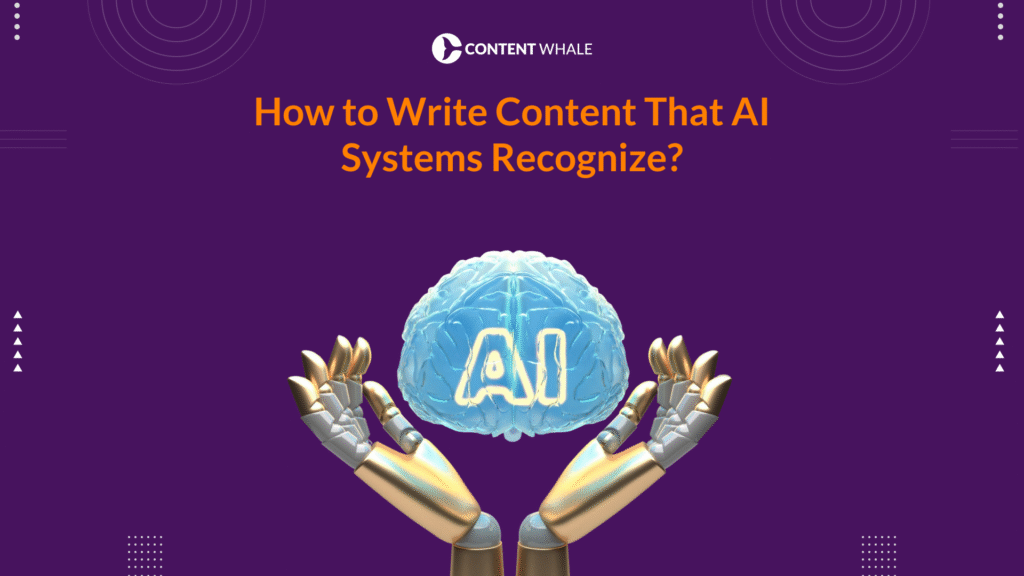
AI Overview Optimization: Proven Strategies
Businesses can implement specific tactics to increase their chances of appearing in Google AI Overviews.
Structure Content with Summary Boxes and TL;DR Sections
Begin articles with concise summary boxes or TL;DR sections that answer the primary query in 50-70 words. AI Overviews prioritize content providing immediate value without requiring extensive reading.
Use Lists and Tables: 73% of AI Overviews Include Formatted Content
Structure information using lists and tables that AI systems easily parse. Research shows 61% of AI Overviews contain unordered lists, 12% include ordered lists, and 6% feature both formats. Combined, 73% of AI-generated summaries use structured formatting.
Write in Natural Language for Conversational Queries
Focus on conversational phrasing that matches how people actually speak. Analysis found that summaries contain exact query text only 5.4% of the time, demonstrating preference for natural language over keyword-stuffed content (Source).
Build Topical Authority Across Related Subtopics
Create comprehensive content covering topics from multiple angles. AI Overviews often synthesize information from pages demonstrating deep subject matter expertise across related concepts.
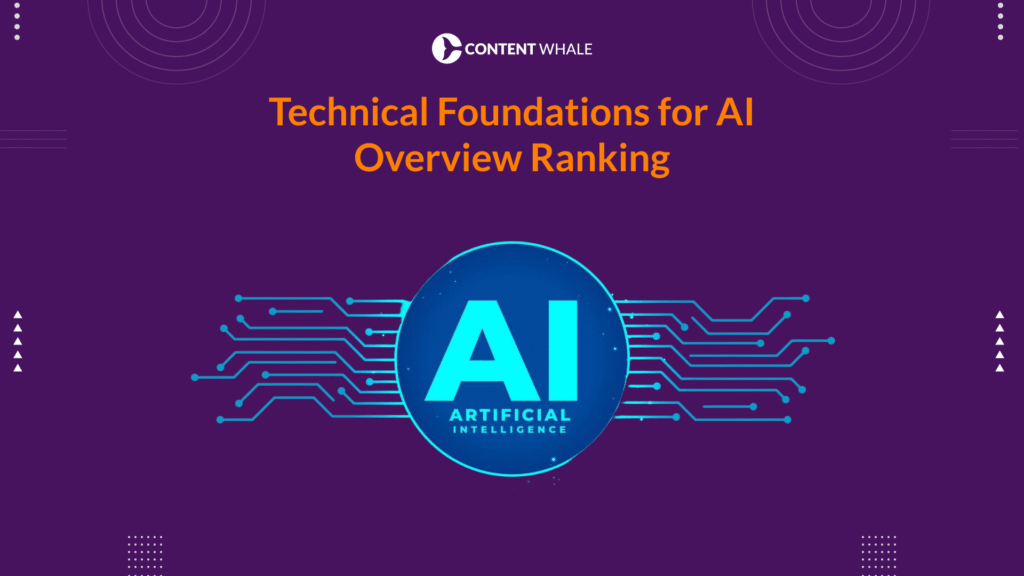
Tracking and Measuring AI Overview Performance
Monitoring AI Overview visibility requires new approaches beyond traditional SEO metrics.
Available Tools: SE Ranking, Ahrefs, OmniSEO
SE Ranking’s AI Overviews Tracker monitors keyword presence in AI-generated summaries. Ahrefs includes an AI Overview filter in their Organic Keywords report. OmniSEO provides comprehensive tracking across AI-powered experiences.
Key Metrics: Visibility, Citation Position, CTR from AI Features
Track frequency of AI Overview appearances for target keywords, position within AI-generated summaries, and click-through rates from AI search features.
Google Search Console Limitations and Workarounds
Google Search Console includes data from AI Overviews within overall search traffic statistics but doesn’t separate this information. Third-party tools currently provide the most reliable method for tracking AI Overview specific performance.
How Content Whale Can Help?
Content Whale specializes in creating AI Overview optimized content that ranks in Google’s AI-generated summaries. Our team understands how Google’s Gemini model selects and synthesizes information, producing content structured for maximum AI search visibility while maintaining quality for human audiences.
We combine traditional SEO excellence with AI-specific optimization techniques proven to increase citation rates. Our writers create clear, authoritative content that answers user queries directly while establishing topical expertise. Every piece follows E-E-A-T principles, includes proper semantic structure, and uses natural language that AI systems easily process.
Our services include content audits identifying strategic content creation targeting informational queries, and ongoing optimization based on performance data. We track your visibility in AI-generated summaries using specialized tools and adjust strategies to improve citation rates.
Conclusion
AI Overviews represent the future of search, appearing in over half of all Google queries and fundamentally reshaping how users discover information online. Success requires understanding how AI systems select content, optimizing for natural language and immediate user value, and tracking performance through specialized tools. The most effective strategies combine traditional SEO fundamentals with AI-specific tactics.
Ready to optimize your content for AI Overview visibility and maintain competitive advantage? Contact Content Whale today to develop a comprehensive optimization strategy that positions your business for success in 2025’s rapidly evolving search environment.
FAQs
Q1: What are AI Overviews in Google Search?
AI Overviews are AI-generated summaries appearing at the top of Google search results that synthesize information from multiple web sources. Powered by Google’s Gemini model, these summaries provide comprehensive answers to user queries before traditional organic listings, averaging 157 words and citing 5-9 different sources per response.
Q2: Do AI Overviews reduce website traffic?
Yes, significantly. Studies tracking 900 US adults found that users encountering AI Overviews click traditional search links at half the rate of those who don’t see AI-generated summaries. Desktop clicks drop by 66% and mobile clicks by 50% when AI Overviews appear. Only 8% of users who see AI Overviews click on any traditional search result link.
Q3: How can I get my content featured in AI Overviews?
Optimize content by answering queries directly in the first 50-70 words, using natural language and clear structure, building topical authority across related concepts, and maintaining high E-E-A-T standards. Research shows well-optimized sites ranking in the top 10 results demonstrate 52% higher likelihood of AI Overview inclusion. Structure content with lists and tables, as 73% of AI Overviews include formatted content.
Q4: What types of content appear most in AI Overviews?
AI Overviews favor informational content structured in lists, tables, and step-by-step formats. Government sites receive 6% of citations compared to 2% in standard results, reflecting preference for authoritative sources. Educational resources and recognized expert sites appear frequently. Content demonstrating expertise and using conversational, natural language performs better than keyword-focused pages.
Q5: Can I track my AI Overview performance?
Yes, through specialized tools like SE Ranking’s AI Overviews Tracker, Ahrefs’ AI Overview filter, and OmniSEO. While Google Search Console includes AI Overview data in overall metrics, it doesn’t separate this information from traditional search results, making third-party tools necessary for dedicated tracking and performance analysis.
